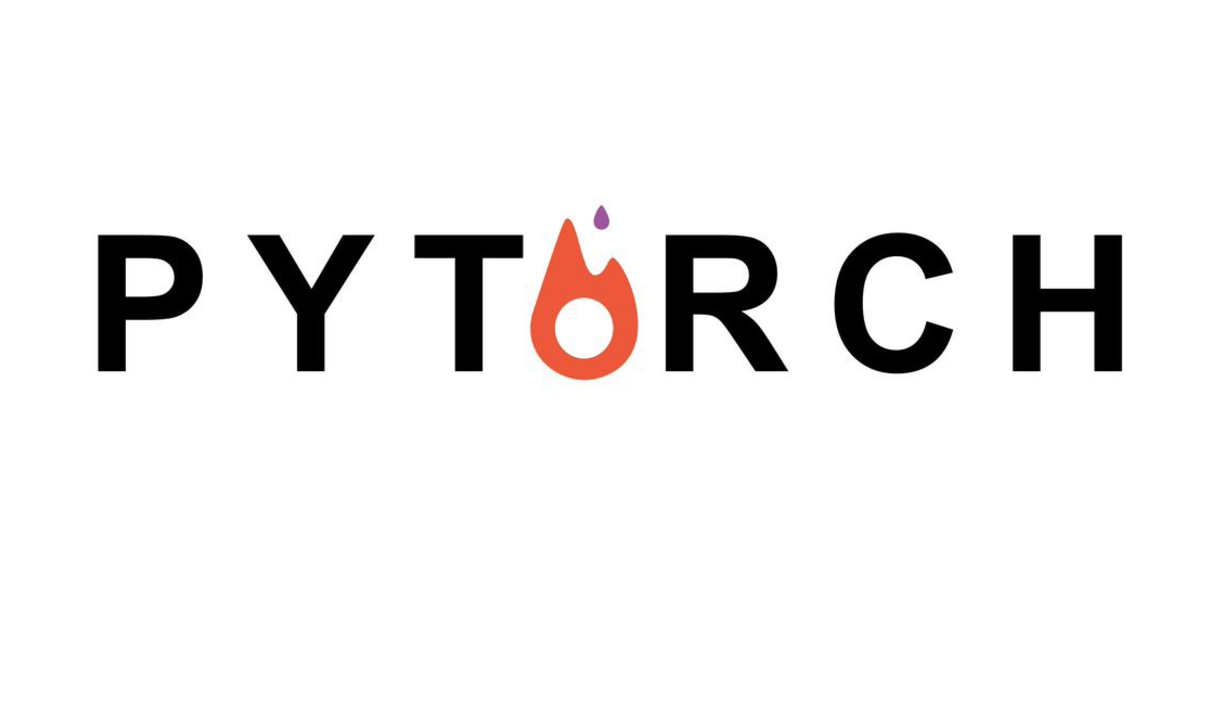
Neural Networks are at the core of the Deep Learning
Several important types of ANN (Articial Neural Nets) that form the basis for most pre-trained models in Deep Learning:
- Multilayer Perceptrons (MLP)
- Feed-Forward Neural Nets (FFNN)
- Convolution Neural Nets (CNN)
- Recurrent Neural Nets (RNN)
- Residual Neural Nets (RESNET)
- Hybrid Net Models
- Restricted Boltzmann machine (RBM)
- Deep Belief (DBN)
- and Others …

Training & Learning Phase
All the ANN need to be trained to become efficient.
- Select the data: Split data into three groups as training, validation and test data.
- Model the data: use the training data to build the model using relevant features
- Validate the data: Assess the model with your validation data
- Tune Model: Improve the model with more data different features and adjustments of parameters
- Use the Model: make predictions on the model with new data
- Test the Model: check performances of the validated model with test data.

Deep Learning Frameworks
The use of open tools & workflows to enhance automation and reuse

The open standard for machine learning interoperability



Open Neural Network Exchange (ONNX) format files to exchange between differents platforms. A common file format to enable AI developers to use models with a variety of frameworks, tools, runtimes, and compilers.

The best-known programming languages


